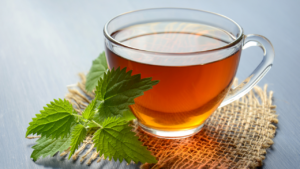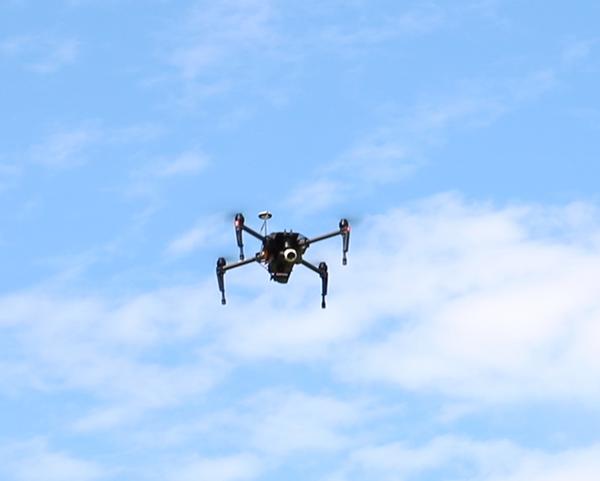
February Is a Great Time to Prune Blueberries!
Blueberries are a popular crop for commercial farmers as well as home gardeners in North Carolina. They are fairly …



El inglés es el idioma de control de esta página. En la medida en que haya algún conflicto entre la traducción al inglés y la traducción, el inglés prevalece.
Al hacer clic en el enlace de traducción se activa un servicio de traducción gratuito para convertir la página al español. Al igual que con cualquier traducción por Internet, la conversión no es sensible al contexto y puede que no traduzca el texto en su significado original. NC State Extension no garantiza la exactitud del texto traducido. Por favor, tenga en cuenta que algunas aplicaciones y/o servicios pueden no funcionar como se espera cuando se traducen.
Inglês é o idioma de controle desta página. Na medida que haja algum conflito entre o texto original em Inglês e a tradução, o Inglês prevalece.
Ao clicar no link de tradução, um serviço gratuito de tradução será ativado para converter a página para o Português. Como em qualquer tradução pela internet, a conversão não é sensivel ao contexto e pode não ocorrer a tradução para o significado orginal. O serviço de Extensão da Carolina do Norte (NC State Extension) não garante a exatidão do texto traduzido. Por favor, observe que algumas funções ou serviços podem não funcionar como esperado após a tradução.
English is the controlling language of this page. To the extent there is any conflict between the English text and the translation, English controls.
Clicking on the translation link activates a free translation service to convert the page to Spanish. As with any Internet translation, the conversion is not context-sensitive and may not translate the text to its original meaning. NC State Extension does not guarantee the accuracy of the translated text. Please note that some applications and/or services may not function as expected when translated.
Collapse ▲
Blueberries are a popular crop for commercial farmers as well as home gardeners in North Carolina. They are fairly …

“Tools to Enhance Your Business Management” webinar series begins February 6, 2025. Created by the Center for Farm Financial …

Join Michael Rayburn, Buncombe County’s Urban Ag Agent at N.C. Cooperative Extension in this Growing Ginger Workshop on March …

The U.S. Fish & Wildlife Service announced on December 10 that they are proposing to list the monarch butterfly …

Be sure to apply for this newly created grant for small businesses impacted by Hurricane Helene! The initiative is …

Our Chatham County agribusiness stores have stepped up to aid farmers in western North Carolina devastated by Hurricane Helene. …

Update 11/02/24 We are tabulating a running compilation of the documented needs of beekeepers in Helene-affected areas. This table will …

We are in the planning phases of a Dried Herb Farm workshop/series to cover topics that are of most concern …

EmPOWERing Mountain Food Systems, in collaboration with N.C. Cooperative Extension and the NC Small Business Network, is excited to …

Cucumber downy mildew (CDM) has been confirmed on cucumber plant samples from a research plot at the Mountain Research …

In late 2008, I planted a demonstration pollinator garden at Chatham Mills to provide forage from early spring to …

It seems we are finally on the other side of the “cicada invasion” which of course was not an …

Pseudoperonospora cubensis is responsible for cucurbit downy mildew (CDM), which was detected in Sampson County on cucumbers on June …

Chatham Conservation Partnership (CCP) conducted a webinar on Bumble Bee Conservation on April 18, 2024, and we had a great turnout of …

Gummy stem blight is caused by several closely related fungal pathogens in the genus Stagonosporopsis …

This vegetable pathology factsheet describes the identification and treatment of anthracnose in cucurbits.

This publication discusses Anthracnose Fruit Rot (Colletotrichum sp.) of blueberries in detail. Included are the …

This factsheet describes the symptoms of a shoot inhibitor herbicide injury.

This factsheet describes the symptoms of a metribuzin herbicide injury.

This factsheet describes the symptoms of a dichlobenil herbicide injury.

This factsheet describes the symptoms of a protoporphyrinogen oxidase inhibitor herbicide injury.

This publication discusses flying unmanned aerial vehicles (drones, model aircraft) for commercial purposes. You'll learn …